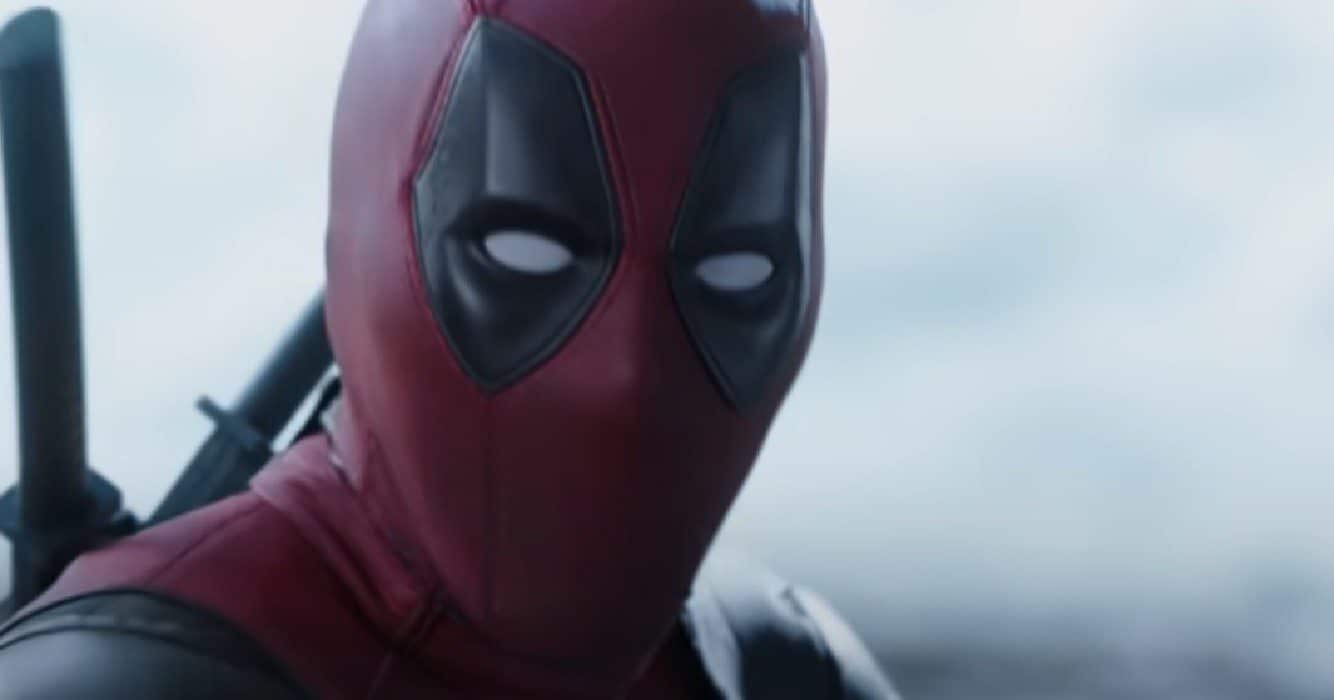The cinematic method of breaking the fourth wall has gained recognition and appeal in an era where audiences seek immersive and original narrative. The development of this method, its impact on viewer engagement, and the reasons it is currently regarded as a useful narrative device in films and television shows are all covered in this article.
A Trending Connection with the Audience

The concept of the “fourth wall,” which has its roots in theatre, describes the acoustical partition separating the spectators from the performance. A character acknowledges the audience’s presence by speaking directly to them or by giving them a subliminal nod. This is known as breaking the fourth wall. This method, which was once considered taboo or gimmicky, is now a common strategy for building a stronger connection with viewers.
Continuing to Break Boundaries

Fourth wall breaks are being viewed differently, which is a sign of how modern audiences’ expectations for storytelling are changing. Breaking the fourth wall provides the kind of innovative narrative and immersive experiences that today’s audiences value. This strategy has been successfully employed in television shows like “Fleabag” and “House of Cards,” as well as films like “Deadpool,” which has contributed to its expanding popularity. The unorthodox fourth wall breaking are more popular than ever with audiences today. Viewers will feel more involved in the narrative since it introduces a surprise element. This method fosters a close relationship between the characters and the audience, which heightens viewer engagement and enriches the overall experience.
We may anticipate this tendency to continue in upcoming movies and television shows given the growing popularity and profitability of fourth wall cracks. This approach opens up a special window for narrative innovation and audience involvement, making it an intriguing facet of modern storytelling. To sum up, the fourth wall has changed from a gimmick that was only occasionally employed in movies to a famous storytelling device. Viewers should anticipate increasingly immersive and captivating experiences in movies and television shows as it continues to change the narrative landscape.


